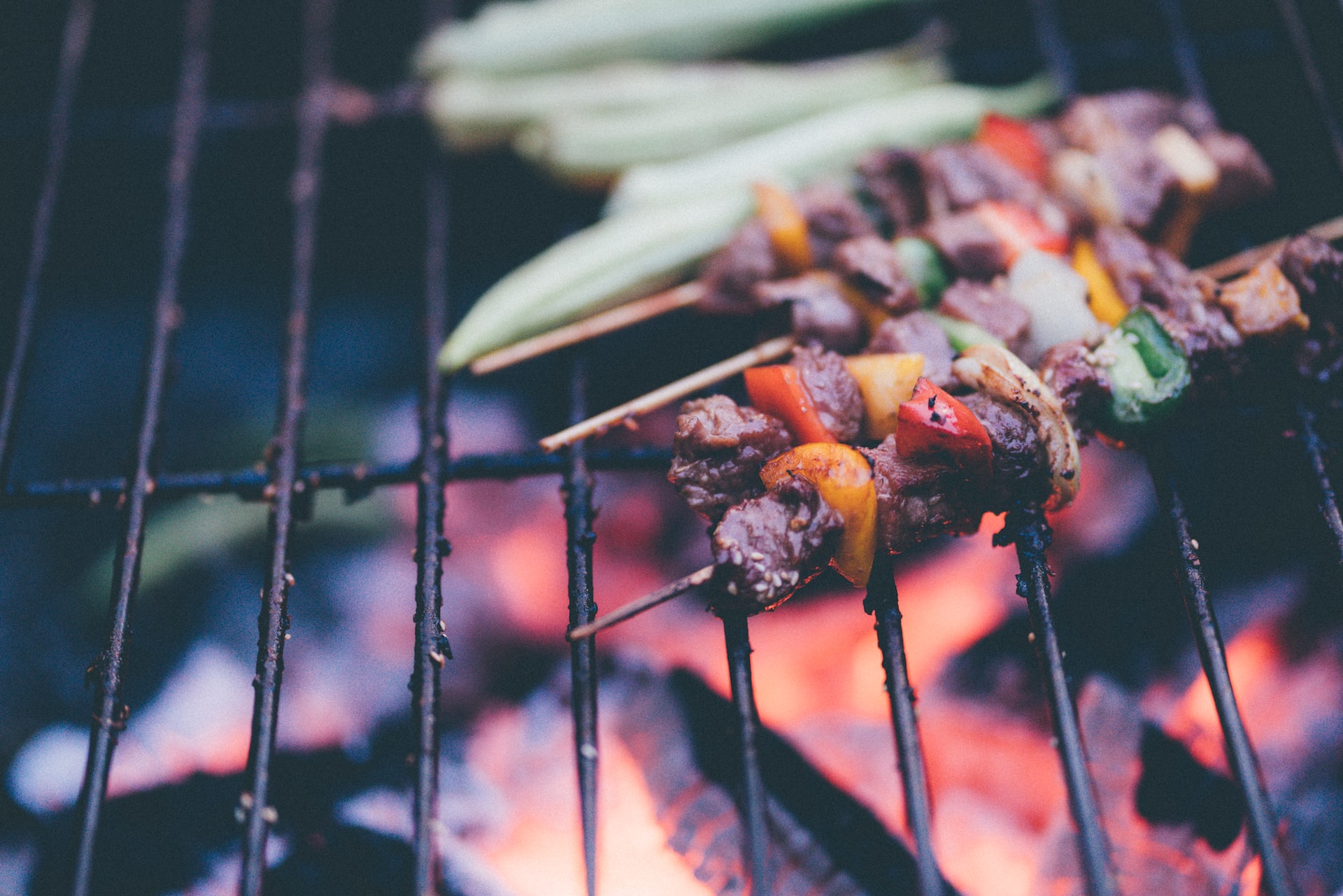It’s impressive how Hoi An preserves its ancient trading port and all the architecture that comes with it. With crumbling colonial buildings, flowers growing over the pale yellow stone, and colorful lanterns illuminating every corner, it’s like stepping back in time.
While food isn’t what initially puts Hoi An on the map, there’s no denying that the culinary scene in this picture-perfect city in central Vietnam is nothing short of notable. There’s something for everyone; street food, restaurants, and food markets. Before digging in, here are some of the most frequently asked questions and their answers.
1. What’s the food like in Hoi An?
To say Hoi An cuisine is unique is an understatement. Vietnam’s rocky history and countless invaders have shaped its culture and cuisine. While the north of Vietnam is known for bánh mì and other foods brought by French colonialists, the south is more Westernized due to American occupation during the Vietnam War.
The cuisine developed an oriental influence. Today, you’ll dine on wontons and noodle dishes that wouldn’t be out of place in Beijing or Shanghai. If these don’t sound like your cup of tea, there are plenty of typical Vietnamese dishes to try, too.
2. Where should I go to eat when in Hoi An?
Here’s a list of some of our favorite places to stuff our bellies with gusto:
- Morning Glory – The crumbling yellow exterior of this restaurant is so Hoi An,it hurts, and the menu is just as authentic. Tuck into local favorites like cao lau noodles, fresh spring rolls and banh xeo pancakes. It’s not exclusively a vegetarian restaurant in Hoi An, but there are plenty of options for meat-free travelers.
- Brother’s Cafe – Set by the river, Brother’s Cafe is undoubtedly one of the best restaurants in Hoi An’s Ancient Town. The prices are a little inflated, but once you’re sipping a delicious cocktail at sunset with a view of the famous floating lanterns of Hoi An, you’ll be glad you splashed out. The food is typically Vietnamese with a quirky twist; why not try wontons with crab meat, pho with papaya pickle, or spicy seafood salad? Brothers also serves some of the best desserts in Hoi An, so save some space!
- Baby Mustard – Hidden away in Tra Que Vegetable Village, this charming local restaurant is a peaceful place to forget the teeming scooters of the city center and watch as locals tend to the rolling rice fields. The affordable food is lovingly prepared by a local husband and wife who have been cooking Vietnamese food their whole lives. The best dish to try is their banh xeo, which are crispy pancakes served with fresh ingredients farmed just a few meters away.
- Bánh Mì Phượng – If you followed the adventures of Anthony Bourdain in Hoi An, you might already know about Bánh Mì Phượng, the legendary sandwich shop in the heart of town. You may have to wait 30 minutes for a crusty banh mi baguette packed with fresh, flavorsome ingredients, but it will be 100% worth it. Grab one as a late-night snack in Hoi An after a couple of drinks.
- Reaching Out Teahouse Hoi An – You can’t leave Hoi An (or Vietnam, for that matter!) without tasting some Vietnamese coffee and/or tea. Reaching Out Teahouse offers coffee and tea tasting sets, with various flavored coffee or teas in handmade pots with a few cookies and biscuits on the side.
- Central Market – If you’re unsure what you fancy, head to this Hoi An food market which serves some of the best street food in the locale. You won’t leave feeling hungry, from noodles to spring rolls and plenty in between.
3. What Hoi An local foods should I try?
Part of eating well overseas is knowing which dishes to look out for. Many of the best foods in Hoi An are native to the city and won’t even be found in Hanoi or Saigon.
- Cao lầu noodles – Even though hundreds of bowls are served each day on the streets of Hoi An, the cao lầu recipe is a closely guarded secret. Even the restaurant owners don’t know the exact ingredients of the noodles they collect fresh from the market each morning. Rumor has it they’re made with water from a particular well that only one local woman knows its location.
- Mi quang – These noodles are softer than cao lầu and are served with different ingredients. Prawns, pork, and soft-boiled quail eggs are mixed with tomatoes, peanuts, beansprouts, and a squirt of lime. Despite the abundant elements, you’ll rarely pay more than USD 2 for a steaming bowl of tasty mi quang noodles.
- Banh xeo – Translating as ‘sizzling pancake’, this tasty Hoi An dish is popular with locals and tourists alike. The crispy batter is folded and stuffed with prawns, pork, beansprouts, and salad. Alternatively, you can request them without pork and prawns, making them a tasty vegetarian food in Hoi An. Many venues will use tofu instead. To eat it like a local, roll up a chunk of pancake in a sheet of rice paper and dunk it into a tangy sauce flavored with orange. The zingy citrus is delicious with the smoky pork.
- Com ga – Otherwise known as Hoi An chicken rice, this simple dish needs no frills. It’s a cheap eat that will keep you full all day. Succulent white chicken meat is layered over fragrant yellow rice and served with chili, lime, and all the usual Vietnamese herbs.
- Banh bao banh vac – Like cao lau, the banh bao banh vac (known as the white rose dumplings because they resemble the flower) is also said to be a highly guarded recipe. Unique to Hoi An, this tasty flavor explosion has a translucent white wrapper filled with minced shrimp and pork and topped with fried shallots.
TripGuru offers bespoke group food tour experiences in Hoi An, and other select destinations in Vietnam. Book your tour here.










